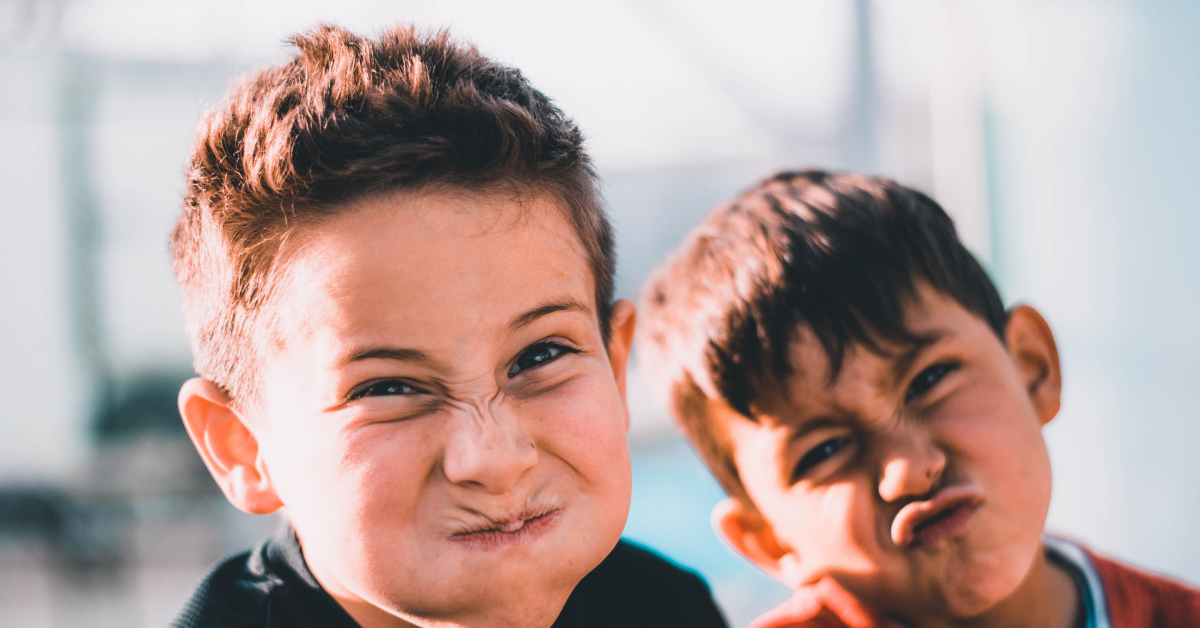
Apr 21, 2023 12:15:00 PM
Two years ago, I learned a new word for what happens when someone simultaneously feels multiple emotions. “Scribble” is what happens when feelings like happiness, nervousness, anxiousness, and confusion collide within a person at the same time.
I’m familiar with scribble in my own life. Scribble is a good description of the way many of us feel after more than two years living in a pandemic. As an adult, I have the emotional intelligence to manage it.
Yet as things return to normal, teachers like me face new challenges regarding student mental health. Can you imagine what scribble feels like to a five-year-old? What are the odds they will be able to do anything other than cry or have a tantrum at that moment?
Enter social and emotional learning (SEL). As a kindergarten teacher, I believe social and emotional learning is valuable for changing the climate and culture of the classroom.
SEL helps teachers in tough situations because of its focus on social and emotional competencies. There are five areas of SEL, according to the Collaborative for Academic, Social and Emotional Learning, a network of researchers, educators, practitioners and child advocates. They include self-awareness, social awareness, self-management, responsible decision-making and relationship skills.
CASEL defines SEL as “the process through which all young people and adults acquire and apply the knowledge, skills, and attitudes to develop healthy identities, manage emotions and achieve personal and collective goals, feel and show empathy for others, establish and maintain supportive relationships, and make responsible and caring decisions.”
I know this toolset and its acronym may sound like an academic “word salad.” And honestly, I found it an unbelievable practice until I tried it myself.
Here’s what happened when I did. One student, a wonderful, intelligent little person, was full of curiosity but had trouble managing his emotions, especially anger and frustration. Weeks of trying all the available tools, from “calm-down corners” to restorative conversations and chats with family, all bore little fruit.
I found it an unbelievable practice until I tried it myself.
Then one day, I saw an email with the subject line, “An Angry Little Dot Calms Down.”
The email was about Diane Alber’s “A Little Spot of Anger: A Story about Managing BIG Emotions” video on YouTube, based on Alber’s book of the same name.
The video is part of an SEL educator’s kit focused on explaining difficult emotions and actions to children. And I’m not overselling it when I say that email changed my teaching life.
After reading the email, it became clear that the emotional child in my class needed more words and tools to describe his feelings, along with the space to do it at his convenience.
Once I tried SEL with him and it worked, I taught it to every student in my classroom. Each day we had a specific lesson about the basic emotions, followed by differentiated vocabulary to describe each emotion.
My co-teacher and I took pictures of ourselves and of the kids to use as markers on our SEL board for twice-a-day check-ins. We read books and sang songs about our emotions.
Soon, something magical happened. Students started “counseling” each other. They used the vocabulary we taught them.
Our kids began self-soothing without the need for the calm-down corner. It transformed our classroom into one full of joy, laughter, empowerment and grit.
My co-teacher and I also noticed an uptick in the number of kids who made our academic honor roll. Best of all, by the end of the year, the child who had inspired my journey to use SEL was still full of curiosity but now better able to manage his emotions at school, and his mom said that he was also doing better at home.
Related: Social and emotional learning is the latest flashpoint in the education wars
The changes I’ve witnessed align with a report of over 1,200 educators ranking SEL as the most critical approach for getting students on track post-pandemic.
That is why I have come to believe that parents should talk to administrators about using SEL.
It’s an excellent benefit inside and outside of school. It improved my classroom culture and will likely prepare my kindergarten students for success throughout their educational careers.
Managing big emotions is a huge task, but it’s one we must prioritize if we want to help children make up for lost learning time during the pandemic.
This story was produced by The Hechinger Report, a nonprofit, independent news organization focused on inequality and innovation in education.
Photo by Austin Pacheco on Unsplash.
Andrea Jemmott has been an educator for 10 years. She was a reading intervention specialist for two years before becoming a kindergarten teacher at KIPP Jacksonville Public Schools in Jacksonville, FL.
The story you tell yourself about your own math ability tends to become true. This isn’t some Oprah aphorism about attracting what you want from the universe. Well, I guess it kind of is, but...
If you have a child with disabilities, you’re not alone: According to the latest data, over 7 million American schoolchildren — 14% of all students ages 3-21 — are classified as eligible for special...
The fight for educational equity has never been just about schools. The real North Star for this work is providing opportunities for each child to thrive into adulthood. This means that our advocacy...
Your donations support the voices who challenge decision makers to provide the learning opportunities all children need to thrive.
Ed Post is the flagship website platform of brightbeam, a 501(c3) network of education activists and influencers demanding a better education and a brighter future for every child.
© 2020–2024 brightbeam. All rights reserved.
Leave a Comment